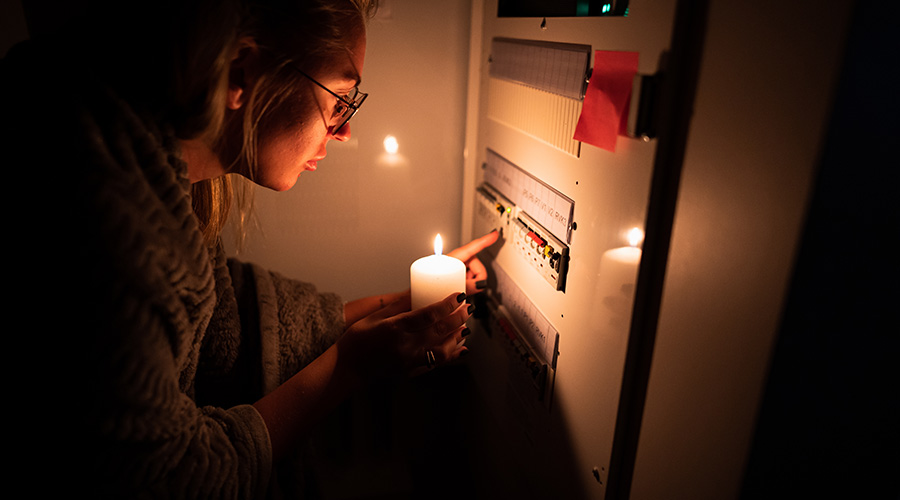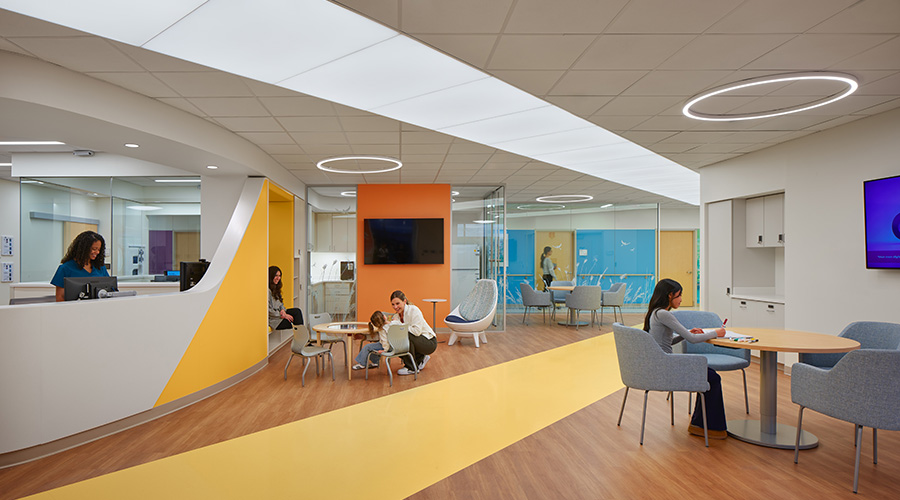Healthcare facility planning historically is based on usage rates and demand. If those telemedicine trends become the norm once we pass this pandemic, obviously we won’t need the same kinds of space. But health administrators won’t be ready to trade in all their conventional and proven physical diagnostic and treatment space and equipment, especially knowing that there is a margin of error with telehealth. Ambulatory facilities will continue to deliver most of those services, continuing a long trend.
We do recommend proceeding with building plans to meet established market projections. The next several months of this public-health crisis will demonstrate what patients expect for chronic, acute and routine treatment. On top of COVID cases, providers continue to treat those with cancer, broken bones, seasonal allergies and more – not to mention giving sleep-deprived new parents happy news at well-baby visits. Just as you can’t design all space to expand for a pandemic, you can’t design for an era when patients might be reluctant to see a doctor in person.
Also, don’t forget the Patient Protection and Affordable Care Act, which outlined more efficient and right-sized facilities to care for an influx of 30 million newly insured patients. Passed just two years after the earlier recession, this sparked both growth and design of millions of square feet of healthcare space including more beds, more operating rooms, more outpatient and ambulatory facilities and more medical office space. Renovation and expansion of existing facilities while adhering to LEED green building standards is how we moved forward. We strived to minimize expense and maximize the efficiency of medical staff and patient care.
Learning from the past
Throughout history, how we design and inhabit physical space has been a primary defense against epidemics. Northeastern University Professor and Licensed Architect Sara Jensen Carr -- who practiced architecture in the health care sector before shifting into academia-- teaches and does research focused on the connections between landscape, human health, urban ecology, and design.
In an upcoming book, "The Topography of Wellness: Health and the American Urban Landscape," she shares about historical urban epidemics and the implication for current and future practice, including design interventions from the industrial revolution until today.
She explores them through the lens of epidemics, including infectious diseases like cholera, typhoid, and tuberculosis; how the burgeoning field of urban planning used public health to advance its ideas in the 19th century; how 20th century modernist architects viewed their buildings as a type of medicine; how the language of epidemics was misused during the 1960s to advance discriminatory city planning; and today’s interest in using urban design to address obesity and mental health.
Bill Eveloff is Vice President, Principal and Jerry McPhail is Vice President, Operations for Petra.

 Contaminants Under Foot: A Closer Look at Patient Room Floors
Contaminants Under Foot: A Closer Look at Patient Room Floors Power Outages Largely Driven by Extreme Weather Events
Power Outages Largely Driven by Extreme Weather Events Nemours Children's Health Opens New Moseley Foundation Institute Hospital
Nemours Children's Health Opens New Moseley Foundation Institute Hospital Code Compliance Isn't Enough for Healthcare Resilience
Code Compliance Isn't Enough for Healthcare Resilience Ribbon Cutting Marks First Phase Completion for New Montefiore Einstein Facility
Ribbon Cutting Marks First Phase Completion for New Montefiore Einstein Facility